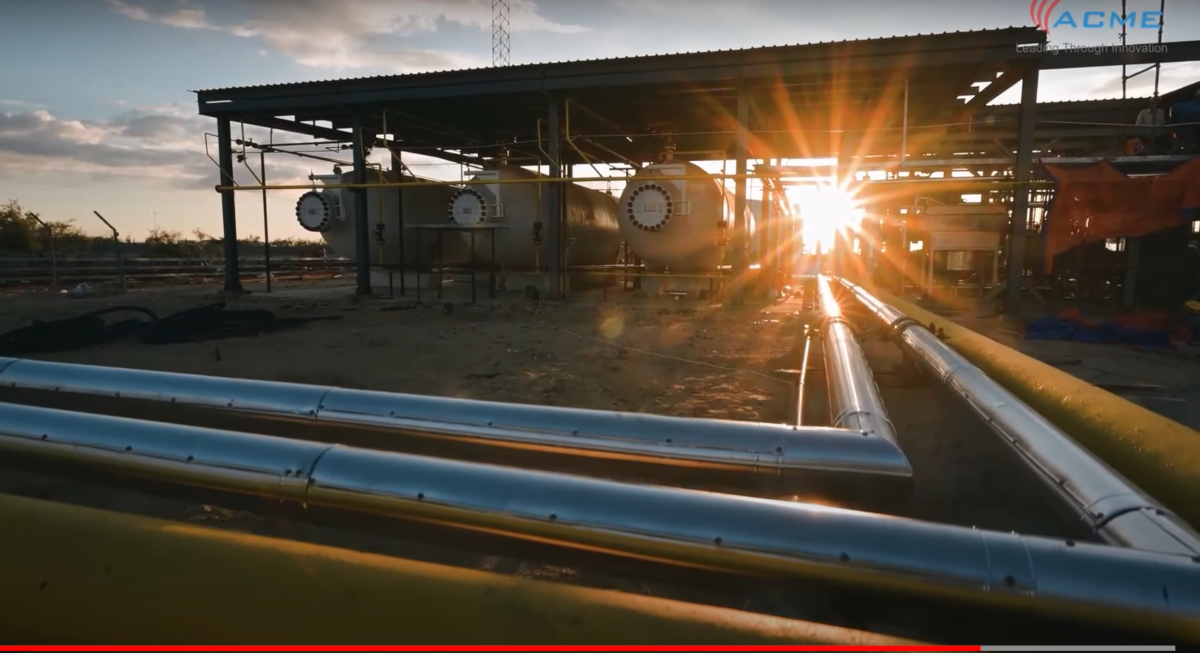India is poised to become a global powerhouse in renewable energy, including green hydrogen, fostering a robust ecosystem. The nation has one of the largest manufacturing ecosystems in wind energy and is rapidly adding capacity in solar, said Raj Kumar Singh, Union Minister of Power and Renewable Energy, at an ICRA event.
The minister said India is set to emerge as one of the largest solar module manufacturers with considerable existing solar manufacturing capacity and even larger capacities under construction, including polysilicon.
The minister said India has the fastest-growing capacity in renewable energy. The nation has achieved the Nationally Determined Contribution (NDC) target of 40% capacity from renewable sources ahead of the timeline and is on course to achieve the 50% capacity share of RE, well ahead of the NDC timeline of 2030.
India is one of the fastest-growing economies in the world, yet the per capita greenhouse gas emissions are substantially lower than the world average. The country is striving to achieve a fine balance between meeting its surging energy needs and reducing carbon emissions. India remains steadfast in its commitment to sustainable growth, renewable energy expansion, and electric vehicle adoption.
“By strategically balancing economic growth with environmental consciousness, the nation is determined to carve a brighter, greener future for generations to come,” said the minister.
Speaking on the occasion, Ramnath Krishnan, managing director and group CEO of ICRA Ltd, said, “India’s clean energy revolution has witnessed significant progress over the past decade, fueled by strong policy support from the Government of India and enhanced tariff competitiveness of solar and wind power. This momentum has enabled a substantial increase in renewable energy (RE) capacity. The recent announcement of a bidding trajectory of 50 GW per annum over the period from FY2024 to FY2028 sets a clear path in moving towards achieving the ambitious 500-GW non-fossil fuel-based capacity target by the government for 2030.”
While the trajectory shows promise, timely completion of the tendering process, risk mitigation during execution, and augmentation of the domestic solar supply chain are paramount to realizing the capacity target, highlighted Krishnan.
This content is protected by copyright and may not be reused. If you want to cooperate with us and would like to reuse some of our content, please contact: editors@pv-magazine.com.









By submitting this form you agree to pv magazine using your data for the purposes of publishing your comment.
Your personal data will only be disclosed or otherwise transmitted to third parties for the purposes of spam filtering or if this is necessary for technical maintenance of the website. Any other transfer to third parties will not take place unless this is justified on the basis of applicable data protection regulations or if pv magazine is legally obliged to do so.
You may revoke this consent at any time with effect for the future, in which case your personal data will be deleted immediately. Otherwise, your data will be deleted if pv magazine has processed your request or the purpose of data storage is fulfilled.
Further information on data privacy can be found in our Data Protection Policy.